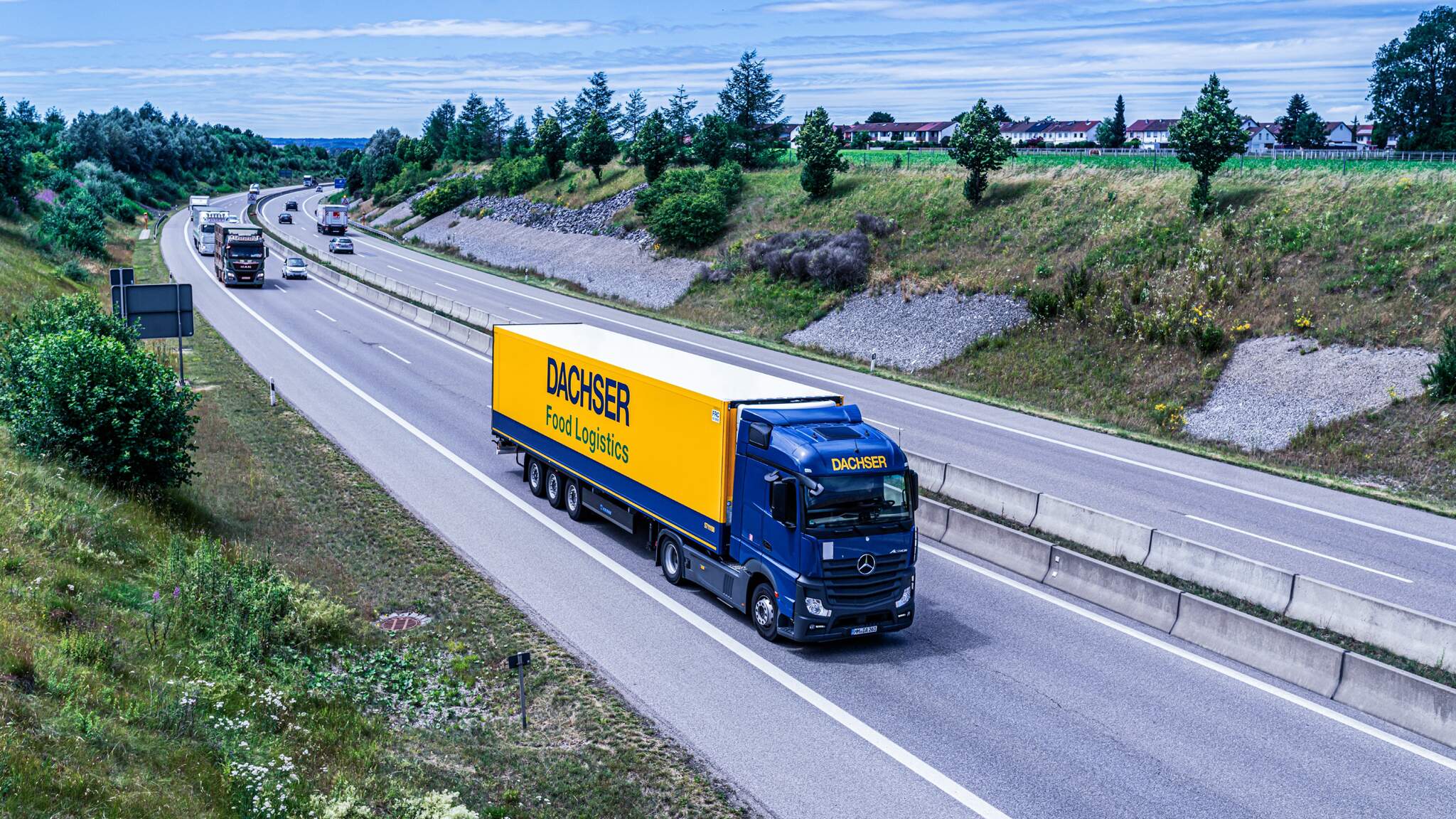Europe-wide study on LPWAN technologies
Fast and secure data transmission is becoming increasingly important in digitized logistics. An existing communications infrastructure is the basic prerequisite for this. To investigate how reliable the various communication networks are, researchers at the Fraunhofer Institute for Material Flow and Logistics IML have joined forces with DACHSER and the European Pallet Association e. V. (EPAL) to conduct a Europe-wide study. To do this, they fitted 50 EPAL euro pallets with trackers and sent them on a journey across Europe.

The result of the study: More than 148,000 kilometers traveled in one month to examine the network coverage of various technologies along the routes traveled. Area-wide availability is important, for example, for IoT devices (IoT: Internet of Things/Internet of Things) that communicate regularly updated sensor data. In the study, the participants each attached five trackers with five different communication technologies to a total of 50 EPAL euro pallets. They then shipped these to 24 EU countries via DACHSER´s logistics center in Dortmund.
The trackers each use different communication networks. These include radio technologies such as LPWAN (Low Power Wide Area Network), of which the NB-IoT, LTE-M and Sigfox technologies were considered. NB-IoT and LTE-M transmit on a 5G-compatible licensed cellular frequency, while Sigfox operates in the license-free spectrum. In addition, the researchers examined the classic second- and third-generation mobile networks (2G/3G). The individual technologies differ in terms of data rate, frequency range, energy consumption and range, among other things.
After a month, the pallets returned to Fraunhofer IML and the researchers were able to evaluate the technologies used based on more than two million data transmissions. "The study shows that the classic mobile networks 2G and 3G still have the highest availability throughout Europe. However, the disadvantages of these networks are that they are partially switched off, allow fewer accesses per radio cell and have a higher energy consumption, so the trackers last less long," says Patrick Becker, research associate at Fraunhofer IML. For modern logistics applications, with a lot of sensor data in small transmission packets, LPWAN networks are therefore more suitable, he says. These are still under permanent expansion, but today already offer network availability across the board in some cases.
LPWAN technologies are the future
For logistics IoT applications that require continuous reception throughout Europe, the Fraunhofer IML researchers therefore recommend a combination of LPWAN technologies (NB-IoT, LTE-M, Sigfox) and classic mobile communications (2G-4G). Only in this way, they say, can Europe-wide data transmission be guaranteed at the present time (as of 09/2021). Nevertheless, the future of connectivity for IoT devices clearly lies with LPWAN technologies.
